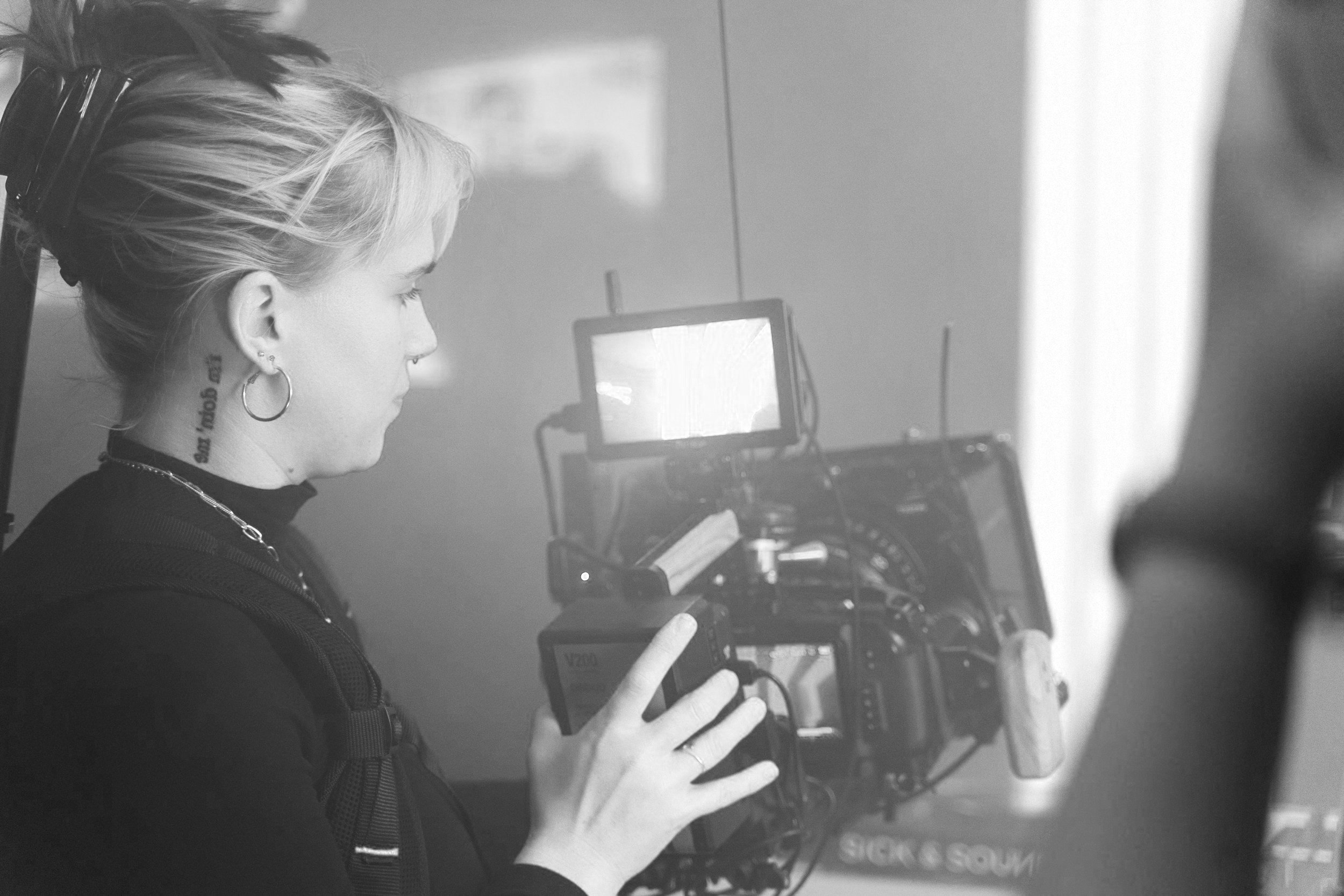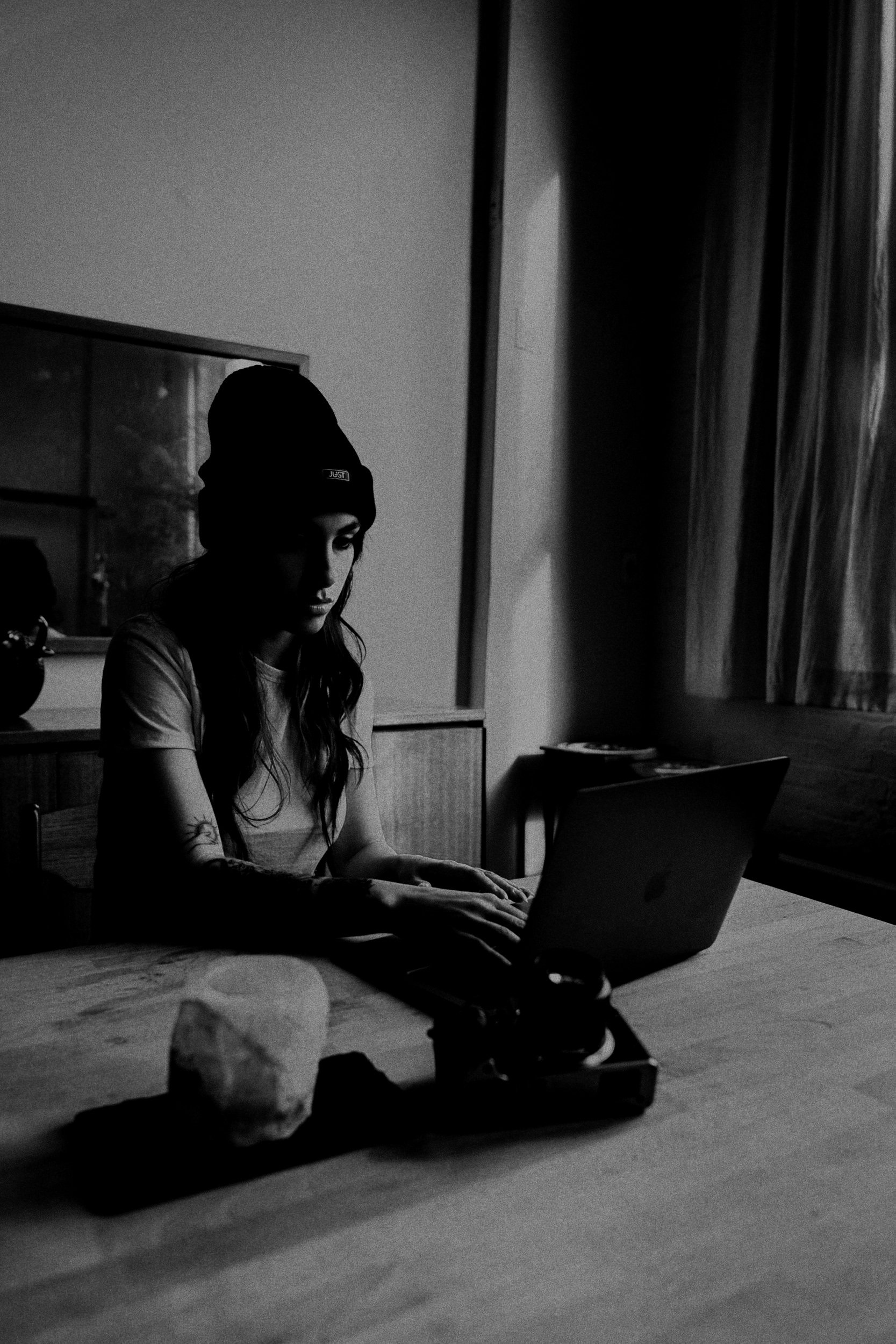
NO MORE BLAND. NO MORE BORING. JUST BOLD VIDEO BY WORLD-CLASS CREATORS.
We connect brands with visionary filmmakers to craft unforgettable stories—authentic, culture-driven, and made to resonate now and long into the future.
YOUR FILMMAKER NETWORK FOR THE CREATOR AGE.
WE TURN BRANDS INTO CULTURAL FORCES THROUGH STORY-DRIVEN VIDEO
We help brands rise above the noise by teaming up with visionary filmmakers to craft bold, authentic stories that spark real connection.
Our mission? To unleash the power of video and elevate the creative voices shaping our culture.
WE EMPOWER FILMMAKERS TO SHAPE CULTURE THROUGH STORY
AudPop is your platform to rise, create, and thrive in the Creator Age. We connect visionary filmmakers with brands, opportunities, and audiences who crave bold, authentic storytelling.
Our mission? To champion your voice, amplify your impact, and ensure creators like you are not just seen—but celebrated.

